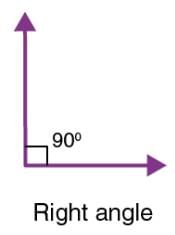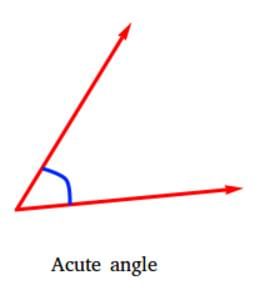Class 6 Exam > Class 6 Tests > Test: Lines and Angles - 1 - Class 6 MCQ
Test: Lines and Angles - 1 - Class 6 MCQ
Test Description
10 Questions MCQ Test - Test: Lines and Angles - 1
Test: Lines and Angles - 1 for Class 6 2025 is part of Class 6 preparation. The Test: Lines and Angles - 1 questions and answers have been prepared
according to the Class 6 exam syllabus.The Test: Lines and Angles - 1 MCQs are made for Class 6 2025 Exam.
Find important definitions, questions, notes, meanings, examples, exercises, MCQs and online tests for Test: Lines and Angles - 1 below.
Solutions of Test: Lines and Angles - 1 questions in English are available as part of our course for Class 6 & Test: Lines and Angles - 1 solutions in
Hindi for Class 6 course.
Download more important topics, notes, lectures and mock test series for Class 6 Exam by signing up for free. Attempt Test: Lines and Angles - 1 | 10 questions in 15 minutes | Mock test for Class 6 preparation | Free important questions MCQ to study for Class 6 Exam | Download free PDF with solutions
Test: Lines and Angles - 1 - Question 1
Which of the following is true about a point in geometry?
Detailed Solution for Test: Lines and Angles - 1 - Question 1
Test: Lines and Angles - 1 - Question 2
What is the main difference between a line and a line segment?
Detailed Solution for Test: Lines and Angles - 1 - Question 2
Detailed Solution for Test: Lines and Angles - 1 - Question 3
Detailed Solution for Test: Lines and Angles - 1 - Question 4
Detailed Solution for Test: Lines and Angles - 1 - Question 5
Detailed Solution for Test: Lines and Angles - 1 - Question 6
Detailed Solution for Test: Lines and Angles - 1 - Question 7
Test: Lines and Angles - 1 - Question 8
What happens when you fold a piece of paper to bisect an angle?
Detailed Solution for Test: Lines and Angles - 1 - Question 8
Detailed Solution for Test: Lines and Angles - 1 - Question 9
Test: Lines and Angles - 1 - Question 10
What is the correct way to measure an angle using a protractor?
Detailed Solution for Test: Lines and Angles - 1 - Question 10
Information about Test: Lines and Angles - 1 Page
In this test you can find the Exam questions for Test: Lines and Angles - 1 solved & explained in the simplest way possible.
Besides giving Questions and answers for Test: Lines and Angles - 1, EduRev gives you an ample number of Online tests for practice
Download as PDF
























